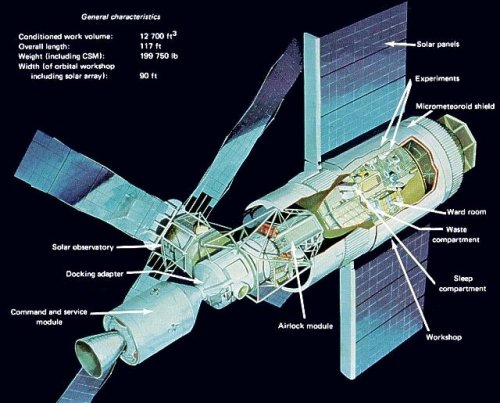- Joined
- 13 August 2007
- Messages
- 8,451
- Reaction score
- 11,019
question
from the Saturn V was build 15 rockets (SA-501 to SA-515)
and launch 13, the rest went in museum.
and there a rumors of 2 almost build but scrap SA-516 and SA-517
From Wikipedia
so is this true
were a SA-516 and SA-517 ?
and if Second production run of Saturn V was build would include No Fins and J-2S Engine ?
from the Saturn V was build 15 rockets (SA-501 to SA-515)
and launch 13, the rest went in museum.
and there a rumors of 2 almost build but scrap SA-516 and SA-517
From Wikipedia
there no Source (typical Wiki...)The (cancelled) second production run of Saturn Vs would very likely have used the F-1A engine in its first stage, providing a substantial performance boost. Other likely changes would have been the removal of the fins (which turned out to provide little benefit when compared to their weight); a stretched S-IC first stage to support the more powerful F-1As; and uprated J-2s for the upper stages
so is this true
were a SA-516 and SA-517 ?
and if Second production run of Saturn V was build would include No Fins and J-2S Engine ?

